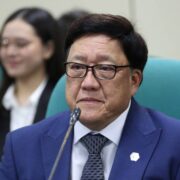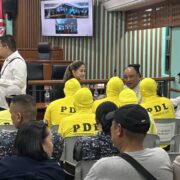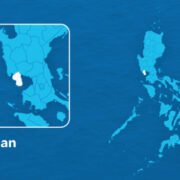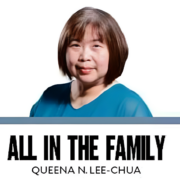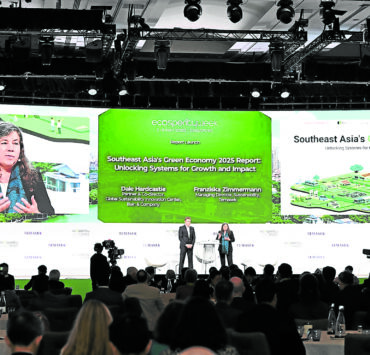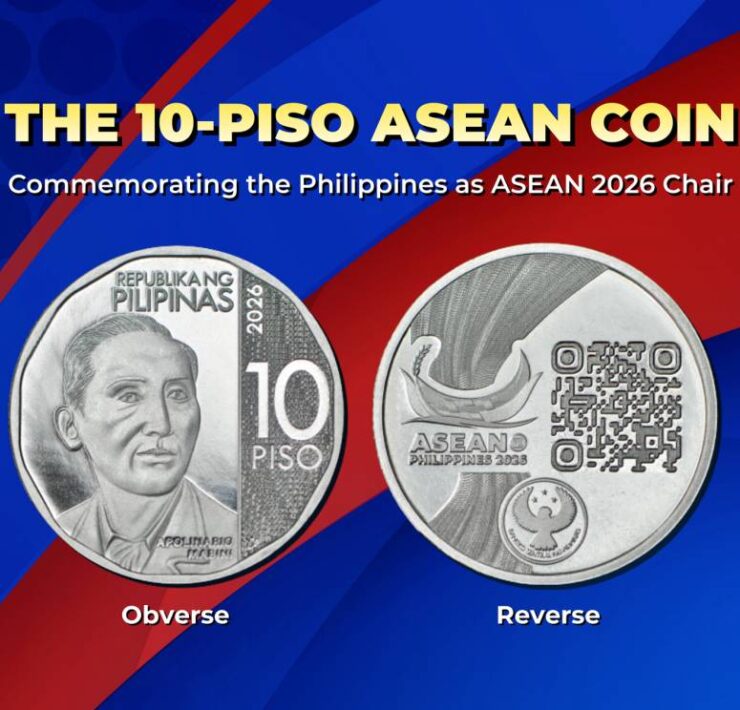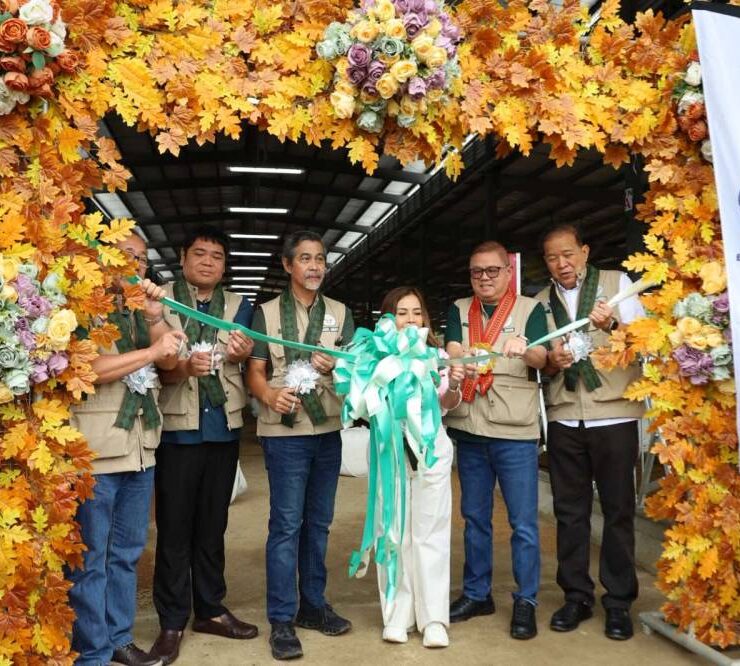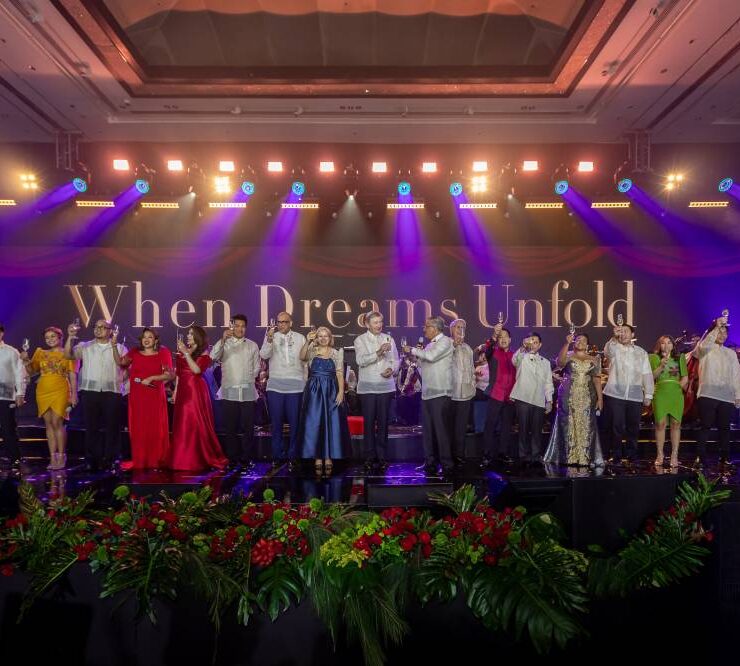‘The future of fashion is truly circular’
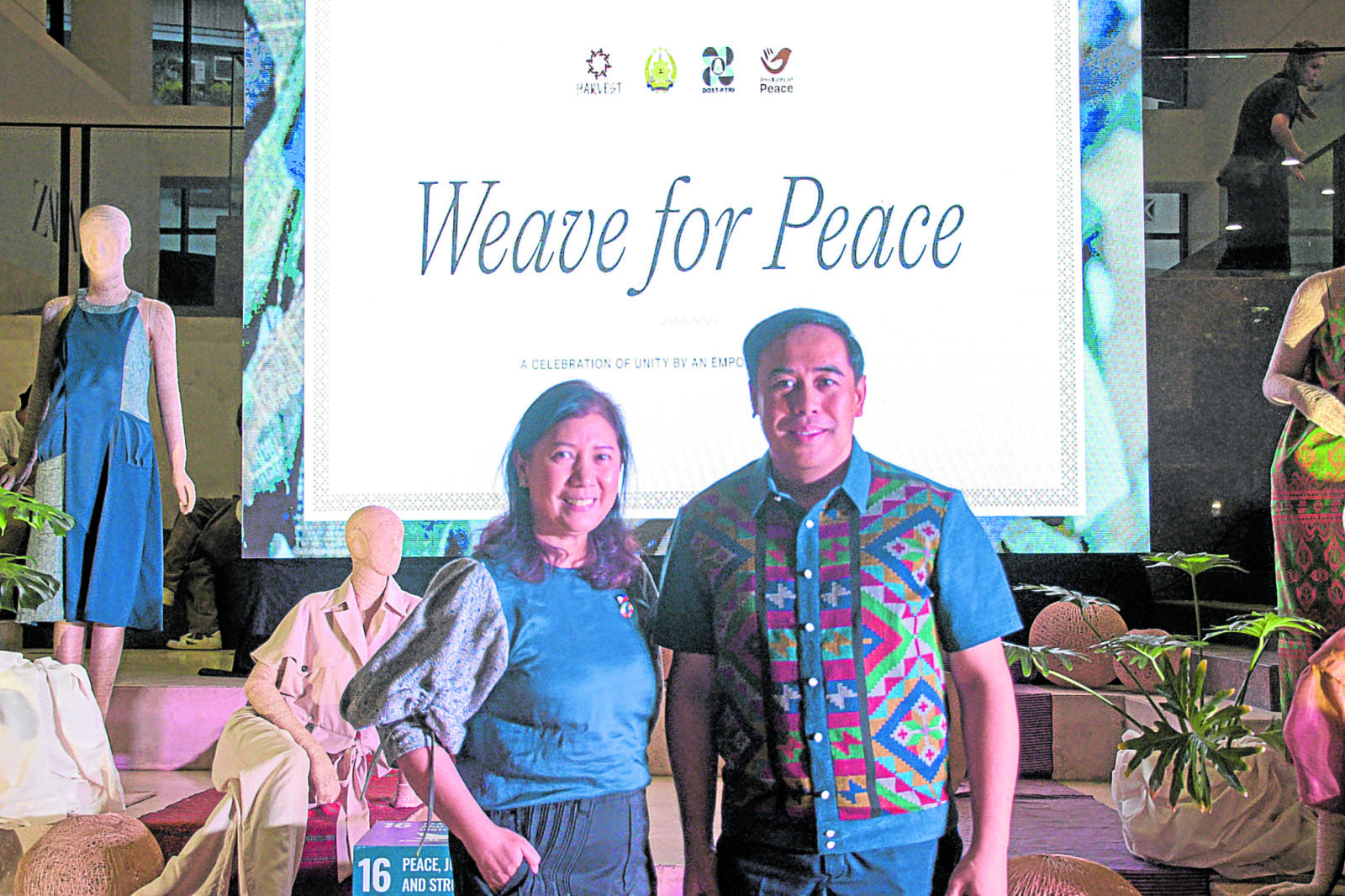
A decade ago, her then 12-year-old child asked Anna Losanta Marie Lagon, co-chief executive of Bayo, what happens to all the textile waste around the production site of the homegrown fashion house.
“That simple question was so powerful that it made me realize my essence of being a mother and, at the same time, a business owner,” recounts Lagon.
The journey of Bayo, which produces around 16 tons of textile waste each year, to the course of sustainability was thus rooted in “deeply personal” reasons.
“[W]e balance sustainability and profitability using strategies that align environmental responsibility with business growth. Looking at these strategies we realized that sustainability is an investment that does not only involve financial gain, but equally important is the investment in long-term resilience and valuable partnerships—which include customers,” she adds.
These views were affirmed by a 2024 United Nations Trade and Development report. It notes that if businesses do not transition from a “take-make-waste model” toward a more circular one, we would need two planets by 2030.
The fashion industry, for one, is a major contributor to environmental pollution as textile waste primarily ends up in landfills or incinerators. According to the United Nations Framework Convention on Climate Change, emissions from textile manufacturing will skyrocket by 60 percent by 2030.
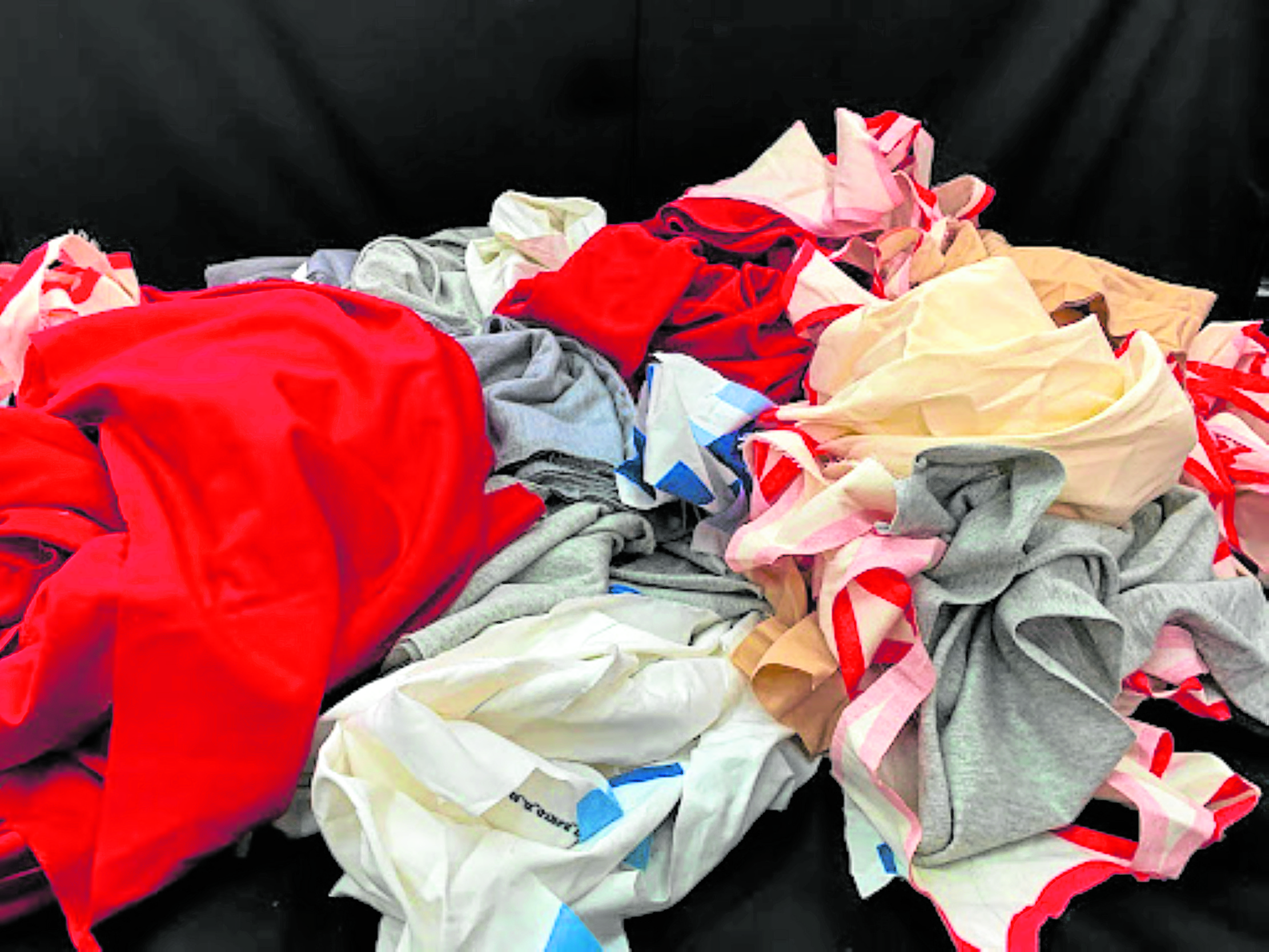
TexRev project
In response to growing environmental concerns, more and more local fashion brands like Bayo are working to reduce their ecological footprint by using durable materials and tapping government resources for research and development of sustainable raw materials.
“This is one of the main reasons why we reach out to partners in government, like the [Department of Science and Technology-Philippine Textile Research Institute (DOST-PTRI)]. We leverage their expertise in science-based research of local materials, ensuring alignment with our sustainability goals,” she explains.
The DOST-PTRI, in collaboration with Bayo Group through DOST’s Cradle Program, launched at the National Textile Convention on Jan. 30 the Textile Revitalized (TexRev) Project. This aims to convert post-industrial textile waste into yarns, providing a viable alternative to virgin textiles.
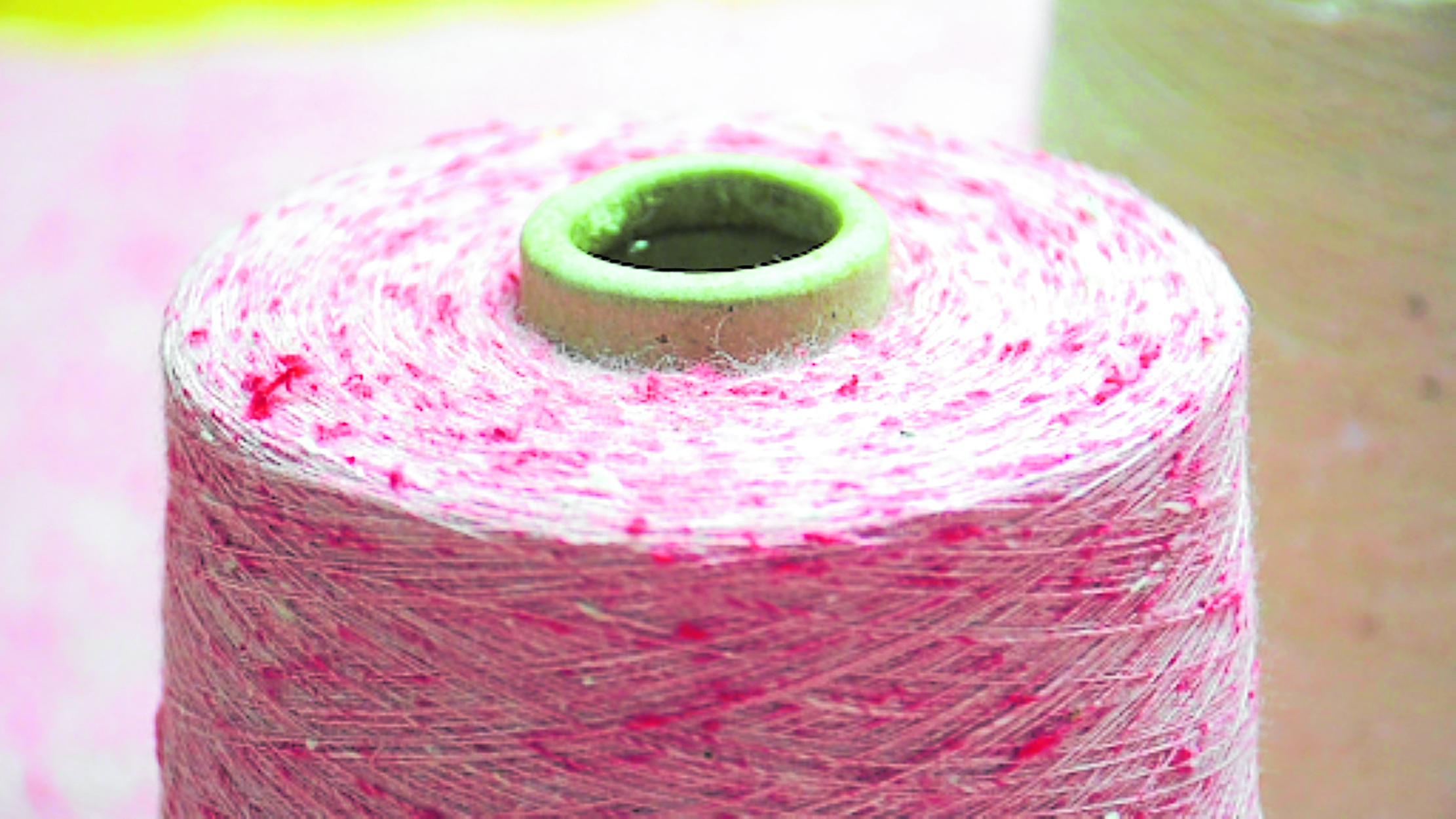
The TexRev process starts by collecting and sorting textile waste by color and material type. The fabrics are cut and shredded into fibers. After removing impurities through carding, the fibers are spun into yarn, blended with virgin materials and tested for strength and durability.
The yarns are converted into fabric, then undergo finishing treatments like dyeing, water repellency and antimicrobial coating for sustainable fashion and home textiles.
“The repurposed yarns developed under the TexRev project are designed for both knitting and weaving applications—suitable for both machine and handloom processes—making them versatile for wearable and home textile products.
Currently, our primary partner for this initiative is Bayo, which has provided valuable feedback on the yarns’ quality, consistency and applicability in sustainable fashion. Their insights help refine the yarns to ensure they align with circular economy principles and market needs,” says Dr. Julius Leaño Jr., director of DOST-PTRI.
Leaño adds that PTRI is reaching out to other Filipino brands, especially garment manufacturers, to collect their textile waste and broaden efforts toward circularity.
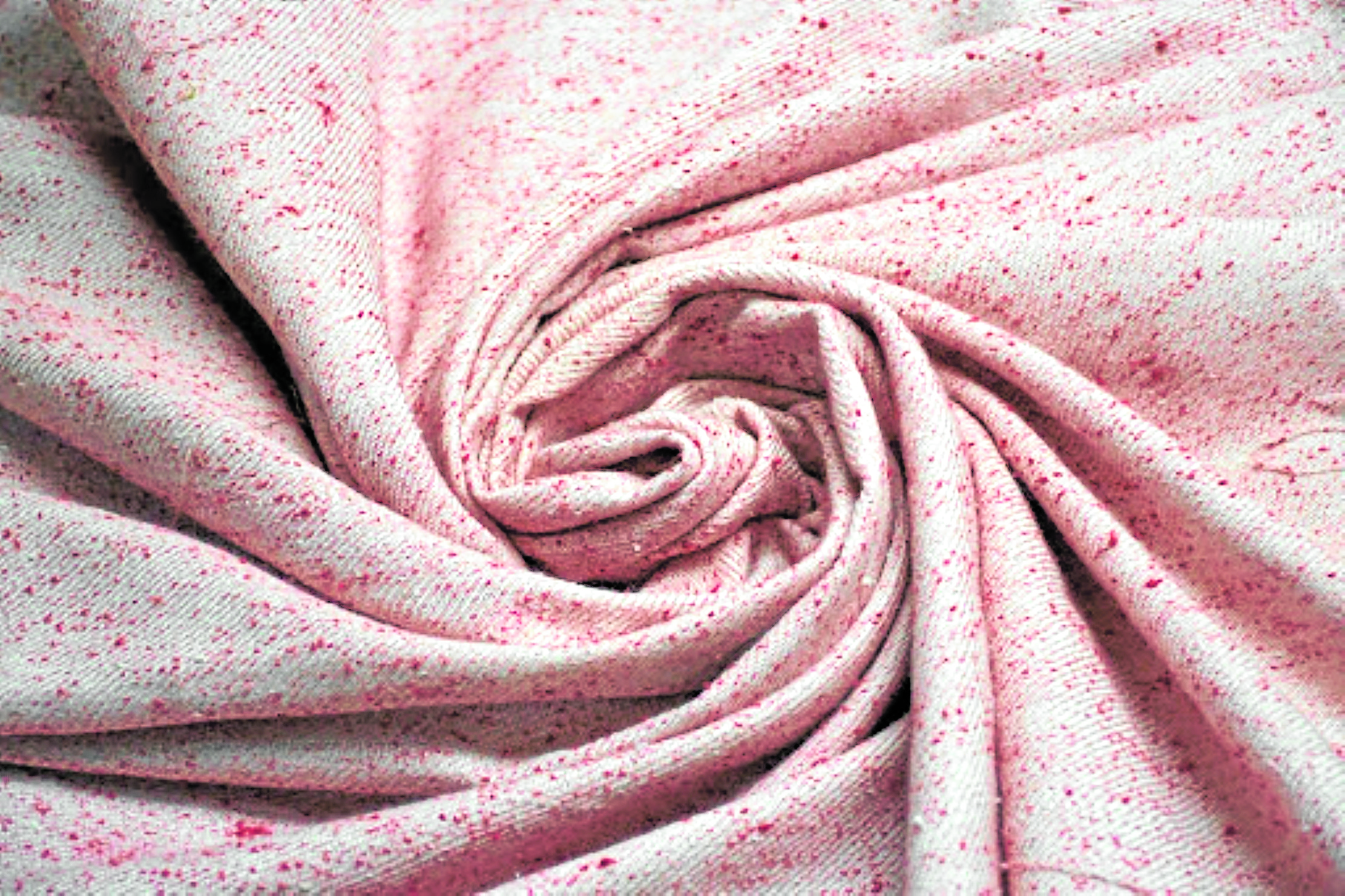
Harvest that uplifts
“Through our commitment to the UN Global Compact and collaborations with PTRI, we are proving that a homegrown Filipino fashion brand can be a leader in circular fashion, making an impact both locally and globally,” Lagon says.
“We believe that the future of fashion is truly circular,” she adds.
The repurposed yarns are given to Harvest (Heritage and Artisanship Reimagined as a Vehicle for Economic growth, Sustainability and Technology) hubs built by Bayo Foundation. Supporting communities through sustainable livelihood opportunities, the hubs produce handwoven textiles.
It is an ongoing journey powered by creativity and innovation, fueled by the commitment to making a positive impact in the lives of Filipinos,
For Lagon, a shift in paradigm can advance circular innovations without hurting the bottom line.
“My perspective is having the opportunity for our business to focus on value creation over the volume of products we sell. An informed purchase, knowing what is behind the products we use on our body creates a valuable proposition from fast to purposeful consumption. This sets the difference in appreciation of a purchase done with intention,” she says.





